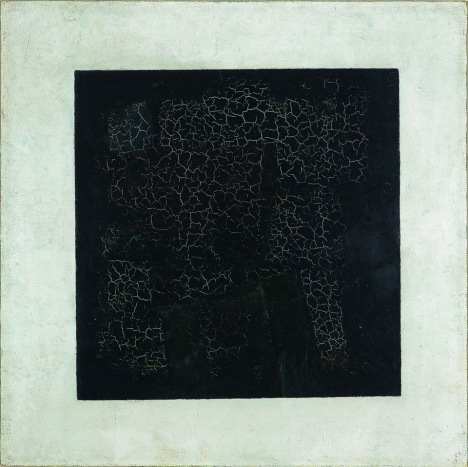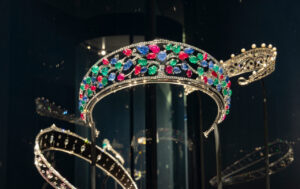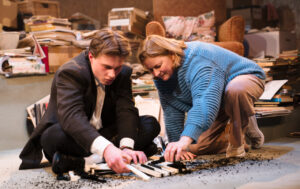Malevich at Tate Modern

Perhaps best known for his “marking the zero in modern art” with the iconic Black Square (1915), Tate Modern presents a multifaceted collection of works from a remarkably important figure in the art of the 20th century. Kazimir Malevich is known first and foremost as a painter, however here we are introduced to the teacher, collective member, ceramicist and designer of costume, set and Architecton.
As with many retrospectives, the earliest works are a young student’s imitations and reflections of the prominent contemporaries and immediate art movements. In Malevich’s case there are unmistakable influences from Cezanne, Monet, Gauguin and Van Gough, among other contemporaries of the time in colour, composition and degree of abstraction. His subjects do however set him apart: centring around Russian rural life and the peasant populance, they remain relevant and personal to his location. Malevich was attuned from very early on to his own thematic interests.
The political and social history of Russia is tightly laced through Malevich’s entire body of work with happenings in the artists’ country responded to directly. The exhibition of his practice on the whole is a constructive document of how art and artist is impacted by cultural and political climates. The eighth room – titled The End of Painting – has a written quote where Malevich himself declares “Painting died, like the old regime, because it was an organic part of it” (1919).
While you might be forgiven for expecting wave upon wave of monochromatic Suprematist paintings, curator Achim Borchardt-Hume displays Malevich’s exploration of both colour and material in abundance. Perhaps most bizarre and interesting of all is the artist’s involvement in the production of an opera called Victory Over the Sun, for which he designed iconographic costumes and backdrops. A film of the reproduction, carried out in 1981, is projected and makes for a pretty amusing (if a little disconcerting) viewing experience.
The retrospective is thorough with a total of 12 rooms, and there is a lot of it to get round, but the curation is intelligent and enhances the visual experience, keeping each room fresh. The commendably achieved reunion of nine works (paying homage to the seminal exhibition The Last Futurist Exhibition of Paintings 0.10) is a testament to the detail and care taken to bring Malevich’s history to the viewing public.
Lauren Pennycott
Malevich is at Tate Modern from 16th July until 26th October 2014. For further information or to book visit the gallery’s website here.

























Facebook
Twitter
Instagram
YouTube
RSS